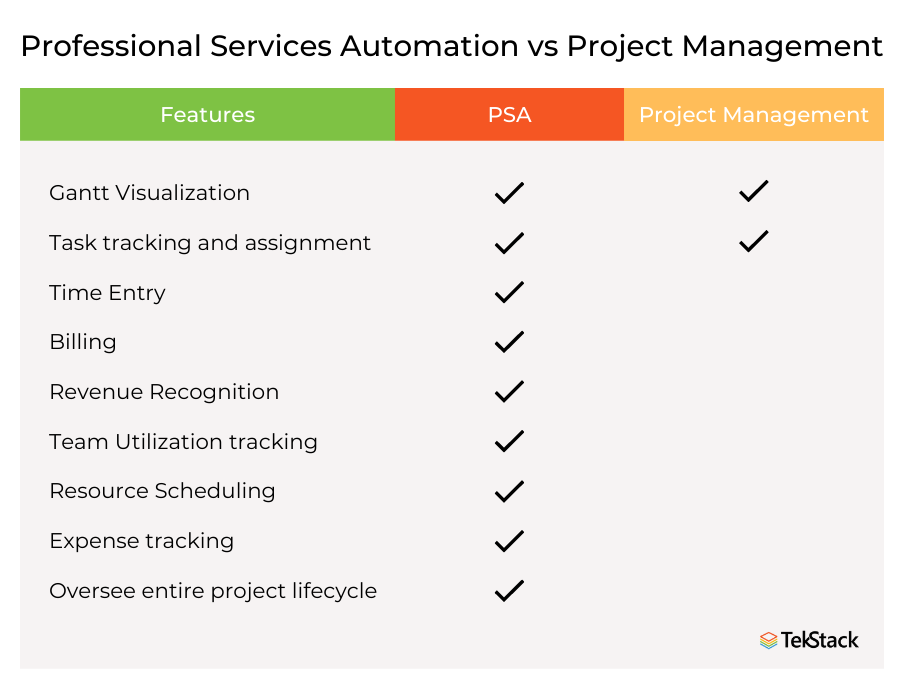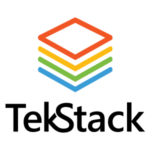
As a B2B SaaS company, Professional Services Automation may be a key part of both the success of your customer, as well as your company. And if delivering services is a core function of your business, you’re trying to find the answer to a lot of questions like,
- What is our services backlog? Should I be hiring?
- What is my services revenue forecast? What is coming down the pike from sales?
- Are we making the gross margin we planned on this project?
- Why are our projects delayed?
- Why are we spending more time on them?
- What skill shortages do we have?
What makes these questions even more challenging are the changes in customer behavior. Up until the last few years, software companies have been able to use services revenue to fund the business. However, in the presence of monthly subscription pricing models, customers have less appetite for big-budget services deals. In fact, many see service costs as a deterrent to investing in new tools, putting more pressure on your services team, and running this team profitably.
Couple that with a tech skills shortage. You need to ramp up new team members as quickly as possible. You can’t rely on ‘hero’ resources because they are expensive and impossible to find. You need projects that are prescriptive so that you can onboard much easier.
Customers also want more cost predictability and have less appetite for hourly-based billing. They want fixed outcomes, fixed-priced projects. This shifts the project risk directly onto the side of the software company providing the services.
As your business grows, finding the answers to these questions is going to become an even more complex process, and a chart in a spreadsheet is going out to outlive its usefulness very soon. This is where Professional Services Automation (PSA) becomes essential, putting in place reliable systems to give you the visibility and control they need.
So, what exactly is PSA?
Professional Services Automation is software that helps you
- Manage projects
- Schedule resources, and
- Manage revenue efficiently.
It can be integrated upstream with sales and sales quoting and downstream with accounting for billing. It allows the organization to collaborate as a team, instead of functioning in silos.
Project Management Tools v. Professional Services Automation
It’s important to note that PSA should not be confused for Project Management tools like Asana and Monday.com. These are fantastic tools but project management tools put emphasis on the projects themselves. Think of them as a joint to-do list, allowing team members to share and collaborate. PSA tools do this plus more. They include job costing capabilities, the ability to schedule resources, manage utilization, track financial implications of change requests, time entry, revenue forecasting, revenue recognition, invoicing & billing.
Why is it important?
Companies using PSA software tend to have a higher rate of on-time project delivery – but why is this the case? Let’s explore some of the reasons:
Project Planning
PSA tools allow you to implement repeatable project delivery processes, quickly move project teams to higher levels of efficiency, and ensure that they can take the pulse of their projects at any stage throughout the project lifecycle.
The absence of tracking change requests is ultimately the downfall of a project. Whether the change comes by request of the customer, or as a result of an internal issue; any time a project requires more effort than was estimated, that request needs to be tracked and approved. PSA tools provide an approval process and allow project managers to track variance at a detailed level.
PSA software also lets you dump your T&M metrics and start thinking in terms of project metrics that the team can actually control. The people that are doing the work can’t control revenue, but they can control effort and time, so measure the effort in hours, not days! At a task level, they need to see the budget, actual, estimate at completion, and variance, all information that should be easily accessible to resources and project managers at all times.
Revenue Recognition
For either time-based or fixed-price projects, you can capture the total revenue of the project, including the labor costs that are attached to a resource, or a resource’s role. From this information, you can retrieve data such as Budgeted Gross Margin, Actual Gross Margin, and Estimated Gross Margin at project’s completion, all invaluable in identifying which projects are hitting a gross margin threshold, and which are not.
Resource utilization
In addition to managing projects perfectly, you also need to make sure you are getting the most from your team. PSA tools let you know what work is scheduled, what they actually did, and what their availability is. Their roles and skills are important to track so that you can assign the right work and maximize their utilization, and answer any lack of utilization questions by identifying easily whether they were not assigned work, or because they didn’t do the work assigned? Changing project timelines can also be available pockets, or can drag on other projects. You want this information at your fingertips so you can slip in smaller assignments or reallocate accordingly.
You can track to a project level where the gaps are, and drill down into the granular level of any project to know exactly how it is performing, how profitable it is, and if there are any potential issues that can affect it.
Reporting & Analysis
In fixed-price worlds, you need to know the actual effort, but also need to know if anything is at risk of completing within the budgeted amount. And you need that feedback early. 50% through the budget but only 10% complete? That’s a red flag. PSA tools give you a live holistic view of services forecasts, time entry, project profitability (actual vs budget), and customer sentiment for projects and clients’ projects, making it easier to develop forecasts for your business.
I’m sold, what’s my next step?
If you’re ready to get the most out of your existing team, improve your customer’s project delivery and onboarding experience, and look for a solution that has you ready and going out of the box, then talk to us to schedule a demo!









